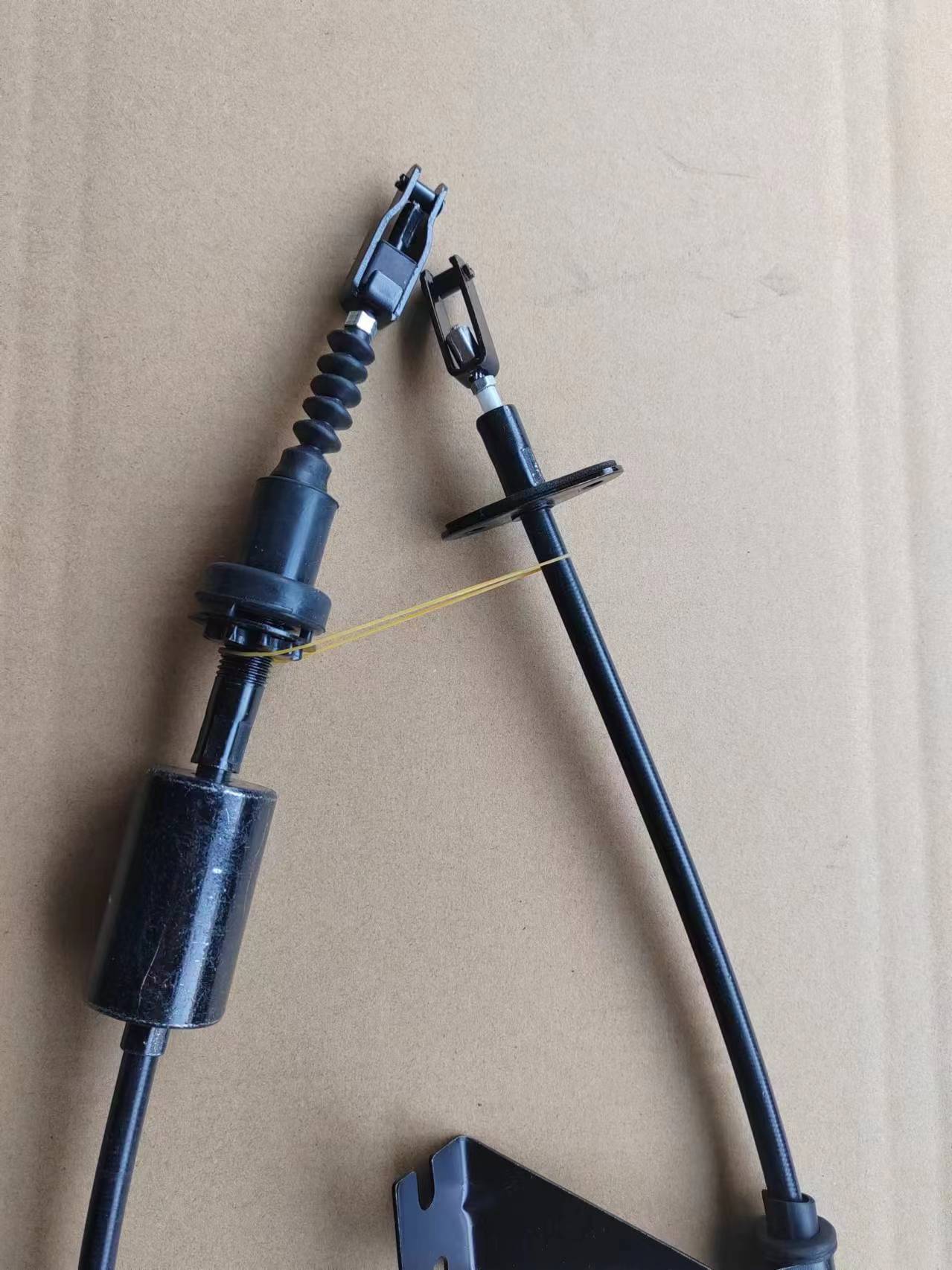Adjusting and Maintaining Rear Handbrake Cable for Optimal Vehicle Performance
Understanding the Rear Handbrake Cable Importance and Maintenance
The rear handbrake, often referred to as the parking brake, is an essential safety feature in vehicles, providing the necessary control when parked and adding an extra layer of security during driving. At the heart of this crucial system lies the rear handbrake cable, a key component responsible for transmitting the force from the handbrake lever to the rear brakes. Understanding the importance of the rear handbrake cable and how to maintain it is vital for every vehicle owner.
The Function of the Rear Handbrake Cable
The rear handbrake cable is a flexible, often metallic cable that connects the handbrake lever in the vehicle's cabin to the braking mechanism in the rear wheels. When the handbrake lever is pulled, this cable tightens and engages the rear brakes, effectively locking the wheels in place. This mechanism is especially crucial when parking on an incline, preventing the vehicle from rolling away. The rear handbrake system is particularly significant for manual transmission vehicles, where the risk of rolling back in incline situations is greater.
In addition to its parking function, the rear handbrake can also assist in slowing down a vehicle in certain emergency situations. However, it is primarily designed for use when the vehicle is stationary and should not replace the primary braking system during regular driving.
Common Issues With the Rear Handbrake Cable
Like any vehicle component, the rear handbrake cable is subject to wear and tear over time
. One of the most common issues is stretching or fraying, which can lead to a slack handbrake that fails to engage properly. Additionally, the cable can become rusted or corroded, particularly in areas with high humidity or exposure to road salt, affecting its performance and leading to potential failure.rear handbrake cable

Another issue to watch for is the cable becoming disconnected from the lever or the brake mechanism, which can happen if the cable is improperly installed or if the mounting hardware becomes loose. Regular inspection of the handbrake system can help identify these problems early, ensuring safety and functionality.
Maintenance and Replacement
To maintain the rear handbrake cable, vehicle owners should conduct regular inspections, especially before long trips or seasonal changes. Checking for fraying or rust, ensuring that the cable moves freely without any obstruction, and listening for any unusual noises when engaging the handbrake are good practices.
If a vehicle owner notices any issues during these inspections, such as a slack lever, difficulty in engaging the brake, or any visible damage to the cable itself, it is crucial to address these problems immediately. Replacing a damaged rear handbrake cable is a relatively straightforward process but is best performed by a professional mechanic to ensure proper installation and functionality.
Conclusion
The rear handbrake cable is a small but mighty component of a vehicle's braking system, playing a vital role in safety and performance. By understanding its significance and staying proactive with maintenance, vehicle owners can ensure that their handbrake system works effectively and reliably. Regular checks, timely replacements, and proper usage are the keys to preserving this critical safety feature, providing peace of mind to drivers and their passengers alike.
-
Upgrade Your Vehicle with High-Quality Handbrake CablesNewsNov.01,2024
-
Optimize Your Bike's Performance with Quality CablesNewsNov.01,2024
-
Enhance Your Vehicle's Performance with Quality Clutch ComponentsNewsNov.01,2024
-
Elevate Your Vehicle's Performance with Quality Throttle CablesNewsNov.01,2024
-
Elevate Your Vehicle's Performance with Quality CablesNewsNov.01,2024
-
Affordable Solutions for Your Cable NeedsNewsNov.01,2024
